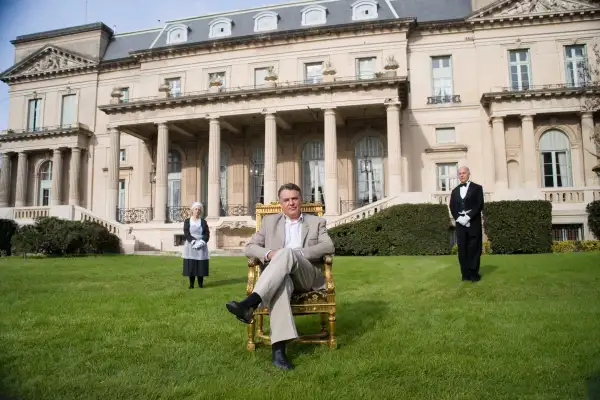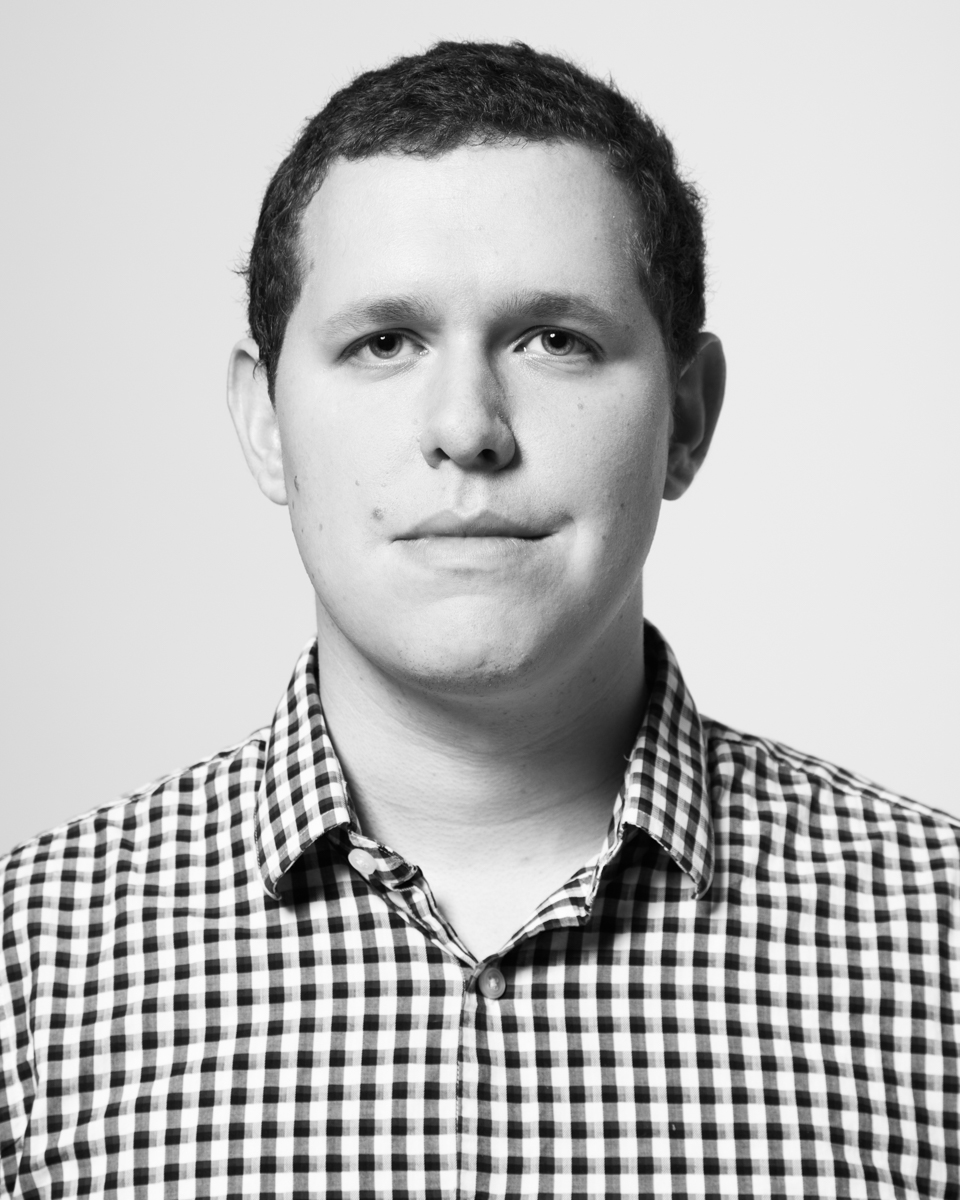Yes, Oxfam, the Richest 1% Have Most of the Wealth. But That Means Less Than You Think

For the past few years, Oxfam, the British anti-poverty organization, has released a series of reports with increasingly dire statements about wealth inequality. This year, it's back with a new straight-to-the-headlines statistic: The top 1% will control more wealth than the remaining 99% by 2016.
That's a pretty dire prediction—but the truth is not quite that bad.
First, Oxfam's prediction is based on trends from 2010 through 2014 that greatly benefited the rich. Right now, the top 1% control "only" 48% of the world's wealth and it's unclear whether that number will increase. "Oxfam simply assumes that recent trends (which have been very favorable for the wealthy and very unfavorable for those with limited wealth) will continue," Jacob Hacker, director of Yale's Institution for Social and Policy Studies, wrote in an email. "That may be right, but if you look at the report, the longer-term global trend is more ambiguous."
Second, and more importantly, "wealth" as defined by Oxfam doesn't mean what most people think it means. That's because Credit Suisse's annual Global Wealth Databook, Oxfam's primary data source, uses so-called net wealth, defined as "marketable value of financial assets plus non-financial assets (principally housing and land) less debts." By that standard, an American with, say, a high salary and a large mortgage might—if the amount owed on the mortgage is greater than his assets—be counted as less wealthy than a subsistence farmer who doesn't owe anything.
Consider that U.S. adults under 35 have a negative household savings rate of 2% and you can see how, according to Oxfam, the U.S. has more citizens in the bottom 10% of worldwide wealth than China does. (It places about 7% of Americans in the bottom decile of wealth, and fewer than 0.1% of Chinese citizens.) Only India is said by Oxfam to have more people in this poorest group than the United States. (Finance writer Felix Salmon has helpfully explained this methodological quirk each time Oxfam releases a similar study, and his articles are highly enjoyable reading.)
This doesn't mean Oxfam's number is wrong. The one-percenters do indeed control (almost) as much personal wealth as the rest of the population. But as you've probably picked up by now, this standard of wealth doesn't have too much to say about quality of life, and not just in the fuzzy "Can't Buy Me Love" sort of way. "It’s standard to treat people with more debt than assets as asset poor," says Hacker. "That doesn't mean they have low incomes or even, necessarily, a low standard of living."
In fact, well-being and wealth can be mutually exclusive. Consider the average American worker. Like many people in highly developed countries, she has a relatively high income (on the global scale) and therefore good access to credit. So she tends to borrow against this income to buys things she wouldn't otherwise be able to afford. If this person had the same access to credit as a Chinese farmer, i.e. almost none, she would be much wealthier in the eyes of Oxfam, but her quality of life might decline as a result.
That's one reason "assets minus debt" might not be the most instructive way to view global inequality. "Perversely, the low-net-worth citizens in rich countries will appear poorer under Oxfam's definition of wealth than the low-net-worth citizens in poor countries," says Gary Burtless, a senior fellow at Brookings specializing in income distribution. "This absurdity points up how misleading it is to rely solely on Oxfam's wealth definition to judge the progress of relative well-being throughout the world."
Another issue with Oxfam's figures is they don't include what's known as "public wealth"—the many entitlements citizens of developed nations can depend on. An American with zero net assets might be poor by Oxfam standards, but he becomes a rich man (by international standards) once he turns 65 and starts receiving Social Security benefits.
Public wealth certainly deserves equal billing, says Burtless. "To pretend it doesn't exist, which is what the Oxfam people are doing, is to disregard all that these wealthy societies have tried to do to protect the living conditions of disabled people, elderly people, and people dependent on someone else," he argues. "It represents a vast amount of money and it would not surprise me if it completely changes the calculations."
Oxfam acknowledges these issues but nevertheless defends its approach. "While the measure is indeed imperfect," an Oxfam spokesperson told Money via email, "it’s the best measure capturing the extent of the global wealth disparity at our disposal today."
Indeed, the "net wealth" approach does capture some of the economic challenges that many middle-class Americans currently face. Using debt to finance one's lifestyle can be a boon in good years, but leaves one vulnerable in the event of a job loss or other income disruption.
The ability for people with no net assets to live well in rich countries, argues Branko Milanovic, senior scholar at CUNY's Luxembourg Income Study Center, obscures these sorts of risks.
"This is very important because people who have lots of wealth can ride out a crisis much better," says Milanovic. Wealth also buys power in a way credit does not. "For political reasons, ownership of wealth is important," Milanovic argues. Without unleveraged capital, "even if you have a nice life, you won't be able to have much political influence."
But while Milanovic makes a compelling case for wealth's connection to standards of living, others question the focus on numbers that seem to minimize significant progress made toward global equality over the last half century.
"It’s strange that we're going to emphasize the gap between the world’s richest person and people in lowest income distribution given the fact that the person in the middle has actually seen a faster progress in his or her living standards since the mid to late 1970s than at any point in human history," says Brookings' Burtless. "There’s a certain irony."
